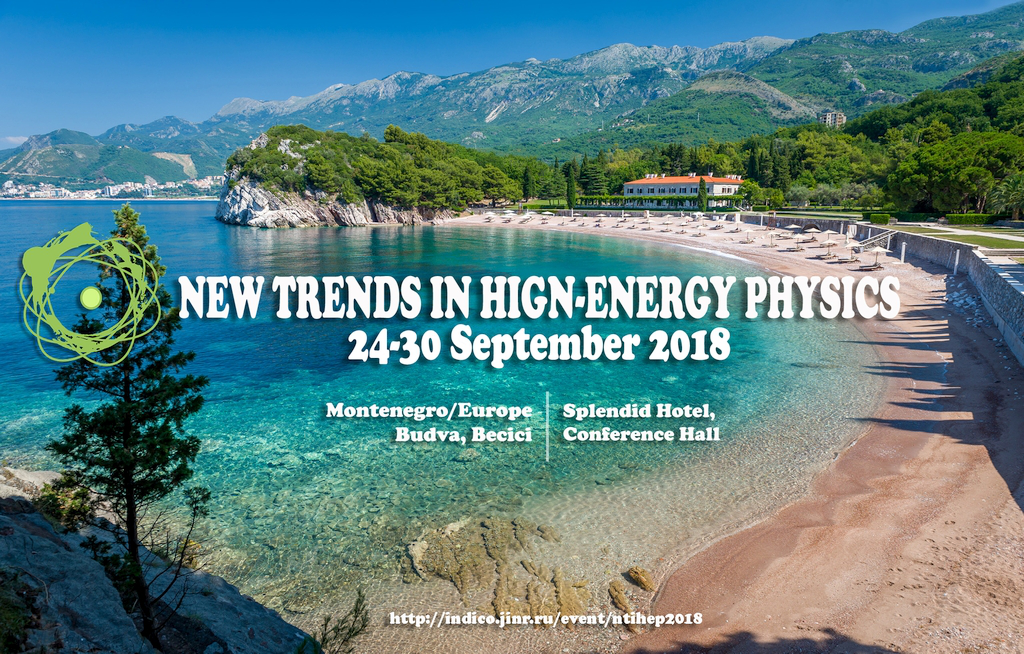Speaker
Dr
Rastislav Dvornicky
(JINR, Dubna)
Description
Baikal-GVD (Gigaton Volume Detector) is a next-generation neutrino telescope designed for the detection of high-energy neutrinos of astrophysical origin. The telescope is located in deep water of the lake Baikal near the shore. The top and bottom part of the detector are placed in the depths of 735 and 1 260 meters, respectively. The neutrinos should interact with matter in the vicinity of the detector by creating charged particles, which should emit Cherenkov light to be recorded by the telescope.
The basic detection unit is the optical module (OM), a water resistant glass sphere containing photo-multiplier. A three-dimensional array of 288 OMs placed on 8 vertical strings forms a cluster. The first cluster was installed in 2016 and is data taking since then. The second and the third cluster were commissioned in 2017 and 2018, respectively.
In recent, Baikal-GVD consists of 3 fully operating clusters, which are independently connected to the shore by individual electro-optical cables. In the first phase, Baikal GVD-1, 8 clusters are planned to be installed with the total amount 2 304 of the OMs deployed by 2020-2021.
We present the description of the Baikal-GVD cluster design. The present activity of the Baikal-GVD experiment is reviewed. Particularly selected results obtained in 2015-2017 are discussed.
Primary author
Dr
Rastislav Dvornicky
(JINR, Dubna)

